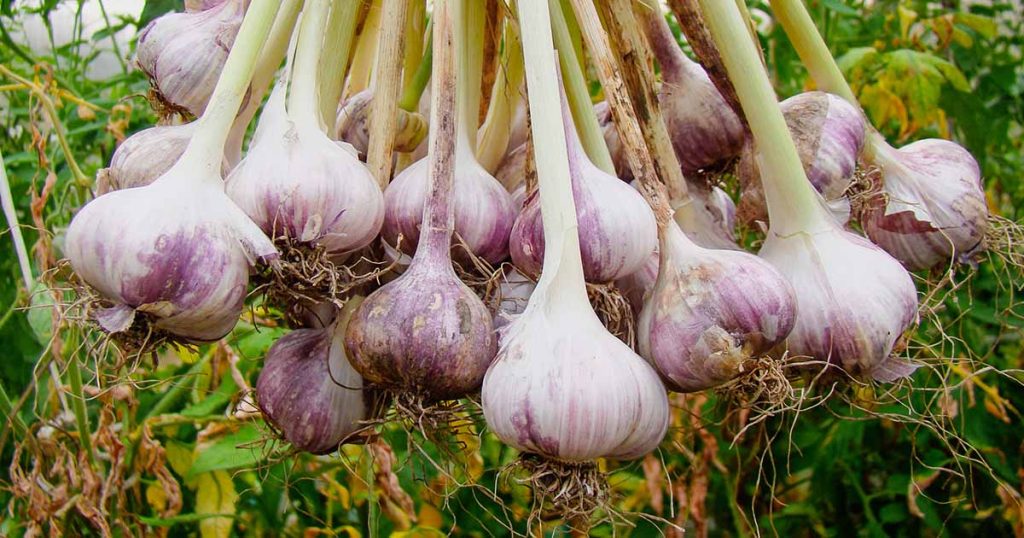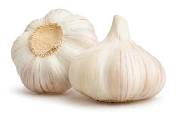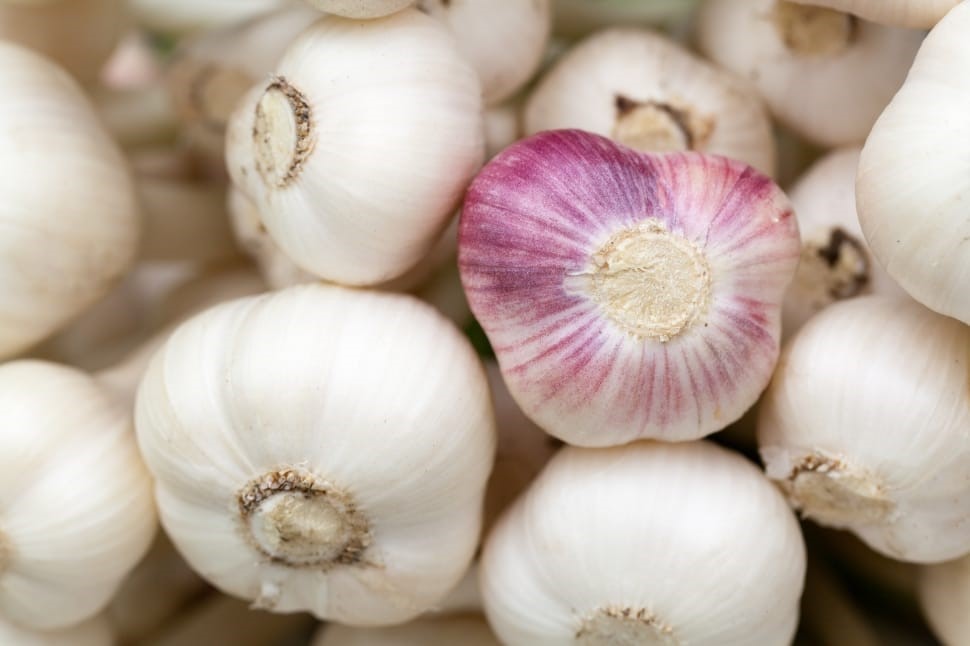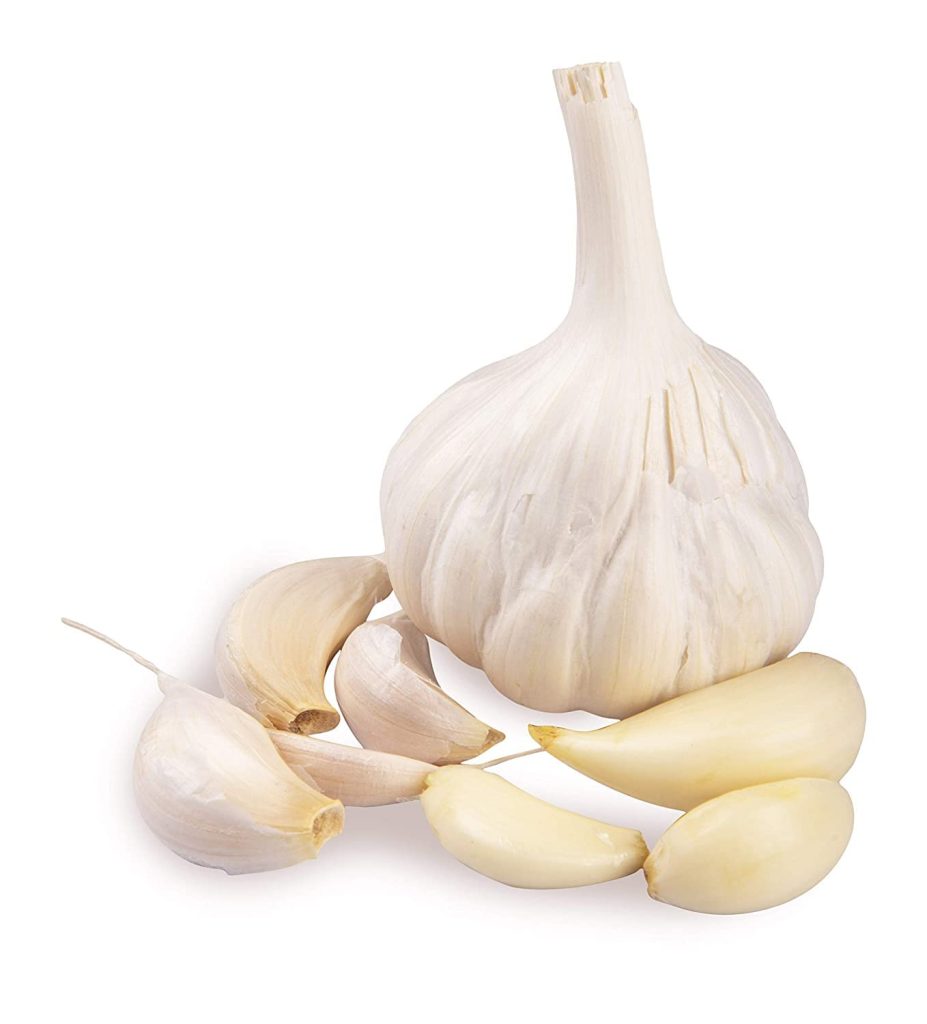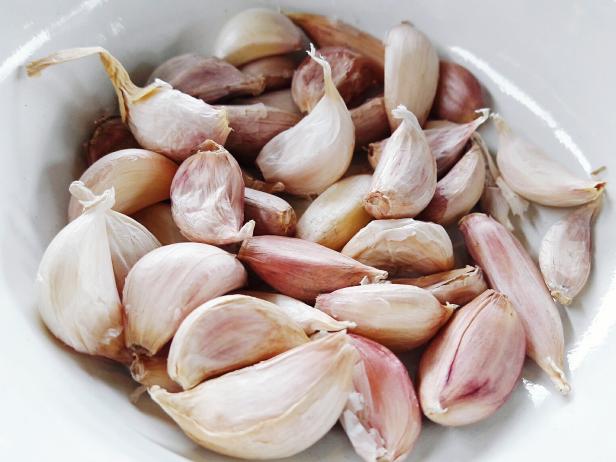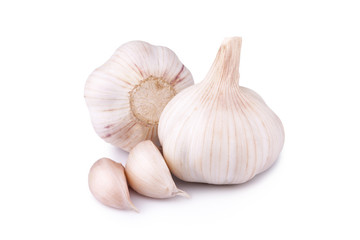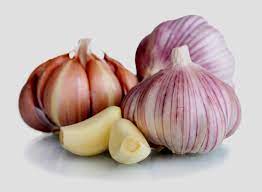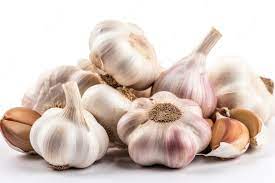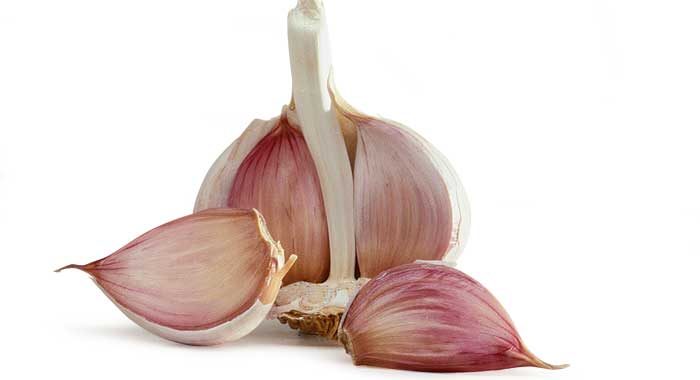14 Fun Facts about Garlic.
Are you in need of in-depth knowledge on onion and garlic production? If yes, we are a call away. Contact us for: Onion seedlings, Garlic seedlings, Germinated garlic cloves, Farm planning services, Soil testing, training on onion and garlic growing, Drip irrigation installation and maintenance, Agronomic support, Onion and Garlic value pack and Farm management. For free consultation, placing orders or booking a visit with an agronomist, please contact us via Call or what’s app +254703982228, Email: Info@oniondoctor.co.ke. You can also check out our social media handles for daily updates on TikTok: https://www.tiktok.com/@oniondoctorke?_t=ZM-8wmsTu0qumO&_r=1 Instagram: https://www.instagram.com/oniondoctorke?igsh=MTVoaHF3aWUydTJzaQ==Facebook:https://www.facebook.com/share/16SwgYn2dG/ Youtube:https://youtube.com/@oniondoctorke?si=u5Jnd-r0qU9UDYqL and Twitter: https://x.com/OnionDoctorKe?t=FR3JXlS_oN1vjjUgAtfyzg&s=09 1. Garlic is a flower: For centuries, people have been confused about what garlic actually is. Is it an herb? Or maybe a spice? In actuality, it is a member of the lily family. Garlic is a bulb that just so happens to be the root of an interesting flower – it’s lucky for us that it’s so flavorful! 2. There are over 300 varieties of garlic grown throughout the world. 3. Garlic is SUPER good for you: In fact, doctors consider garlic to be a superfood. This bulb has an incredible amount of health properties. It is an anti-coagulant, antioxidant, antiviral, and antimicrobial. Garlic also helps lower bad cholesterol, regulate blood pressure, and has cancer-fighting properties. If you feel like you might be getting sick, eat some garlic. It can help fight off the common cold, as well. Talk about small but mighty! 4. The majority of garlic (90%) grown in the United States comes from California. China however produces 66% of the world’s garlic. 5. Garlic is a member of the Lily family, which also includes onions, leeks and shallots. 6. In ancient Greece, brides carried bouquets of herbs and garlic, not flowers. 7. Raw, freshly minced garlic has the most health benefits. If you cannot stand the smell and must cook it, you need at least four and a half cloves to get the same effect. 8. Its pungent flavor is due to a chemical reaction that occurs when the garlic cells are broken. The flavor is most intense just after mincing. 9. Garlic applied on wounds can heal them faster. During World War I, this healing quality of garlic was used extensively by British soldiers. 10. Garlic contains 17 amino acids. Amino acids are essential to nearly every bodily function, and make up 75% of the human body. Every chemical reaction that takes place in your body depends on amino acids and the proteins that they build. 11. Keep a lemon on hand: If you are going on a date and worried about garlic breath, be sure to order water with lemon. The acidic fruit helps stop bad breath. And as an added bonus, lemon and garlic work together to increase the other’s health benefits! So your breath smells good, and your body gets a powerful boost. 12. It’s low maintenance: Garlic is a fairly easy food to keep around. Food experts recommend keeping garlic unpeeled in a cool, dry place that is dark. You should also keep it away from other foods. If stored correctly, garlic should last for months. 13. It can help with childbirth In many cultures, birthing mothers rely on garlic to ease the delivery and protect both mom and baby from evil spirits. Oftentimes, families would place garlic in rooms where babies would be delivered, hoping to ensure a safe and healthy birth. 14. The Egyptians were likely the first to use garlic History has shown us that the ancient Egyptians were the first to use garlic in their diet. In the 3000-2000 BC era, Egyptian nobles used garlic regularly. And beyond that, garlic was medicinal and used in religious rituals. In fact, many slaves relied on this plant for extra strength and stamina to complete their work Onion Doctor supports small holder farmers across Africa with quality and affordable Onion and Garlic seedlings, Onion seedlings, Farm planning services, Soil testing, Drip irrigation installation and maintenance, Agronomic support, Onion and Garlic value pack, Farm management, E-extension and on-farm training for farmers to optimize on yields and get maximum profits.
